Crypto coin burns have been gaining popularity in recent years as a means of managing the supply and demand of a cryptocurrency. In a coin burn, a certain amount of cryptocurrency is destroyed or taken out of circulation. This can have a significant impact on the price and value of the remaining coins. In this article, we will discuss the basics of coin burns and how they affect the cryptocurrency market.
What is a coin burn?
A coin burn is a process of removing or destroying a certain amount of a cryptocurrency from circulation. The purpose of a coin burn is to manage the supply and demand of the cryptocurrency. By decreasing the supply of a cryptocurrency, the demand for the remaining coins may increase, which can potentially increase the price of the cryptocurrency.
How does a coin burn work?
A coin burn can be executed in a number of ways, depending on the specific cryptocurrency and its protocol. Some cryptocurrencies burn coins by sending them to an address that has no private key, essentially rendering them useless and taking them out of circulation. Other cryptocurrencies use a smart contract to automatically burn a certain amount of coins during each transaction. The method of burning coins will vary depending on the specific cryptocurrency.
Why do cryptocurrencies perform coin burns?
Cryptocurrencies perform coin burns for a number of reasons, including:
- To manage supply and demand: By reducing the supply of a cryptocurrency, the demand for the remaining coins may increase, potentially driving up the price.
- To increase the value of the cryptocurrency: By reducing the supply of a cryptocurrency, the perceived value of the remaining coins may increase, making them more attractive to investors.
- To reward token holders: Some cryptocurrencies use coin burns as a way to reward token holders. For example, a cryptocurrency may burn a certain amount of coins and then distribute a portion of the remaining coins to token holders.
What are the benefits of a coin burn?
The benefits of a coin burn can vary depending on the specific cryptocurrency and its goals. However, some potential benefits of a coin burn include:
- Managing supply and demand: By decreasing the supply of a cryptocurrency, the demand for the remaining coins may increase, potentially driving up the price.
- Increasing the value of the cryptocurrency: By decreasing the supply of a cryptocurrency, the perceived value of the remaining coins may increase, making them more attractive to investors.
- Rewarding token holders: Some cryptocurrencies use coin burns as a way to reward token holders by distributing a portion of the remaining coins to them.
What are the risks of a coin burn?
As with any change to a cryptocurrency’s protocol, there are potential risks associated with coin burns. These risks can include:
- Unintended consequences: A coin burn may have unintended consequences on the cryptocurrency’s market, price, and value.
- Decreased liquidity: A coin burn may decrease the liquidity of a cryptocurrency, making it more difficult for investors to buy and sell the remaining coins.
- Decreased mining rewards: Some cryptocurrencies may use a portion of their mining rewards to fund coin burns. If this funding source is eliminated, it could have an impact on the overall mining ecosystem.
Examples of coin burn Some examples of cryptocurrencies that have performed coin burns include:
- Binance Coin (BNB): Binance Coin regularly performs coin burns to manage the supply and demand of the cryptocurrency.
- TRON (TRX): TRON burned a portion of its token supply in 2018 to reduce supply and increase demand for the remaining tokens.
- Stellar Lumens (XLM): Stellar Lumens burned a significant portion of its token supply in 2019 to manage supply and demand and increase the perceived value of the remaining tokens.
In conclusion, coin burns can have a significant impact on the supply, demand, and value of a cryptocurrency. By reducing the supply of cryptocurrency,

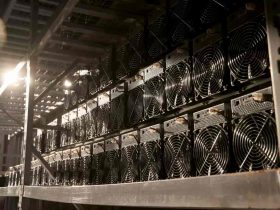






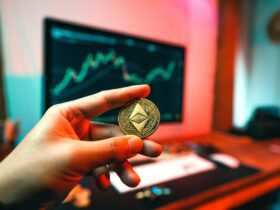

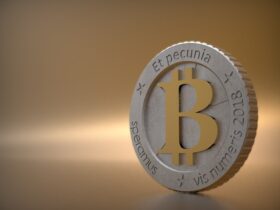
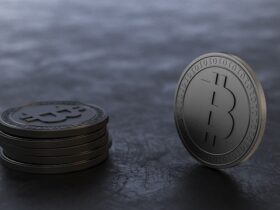
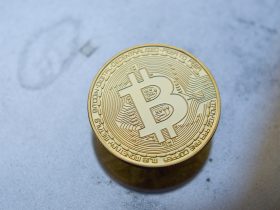
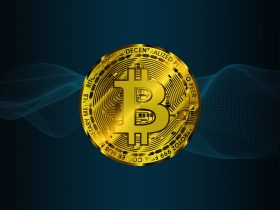


Leave a Reply